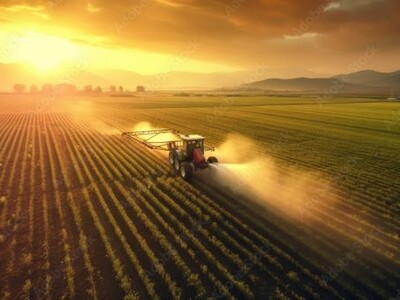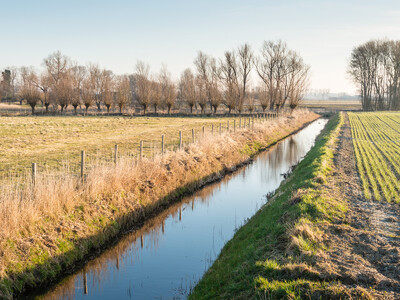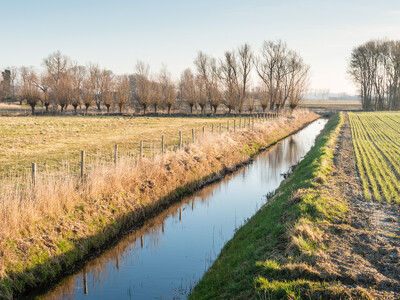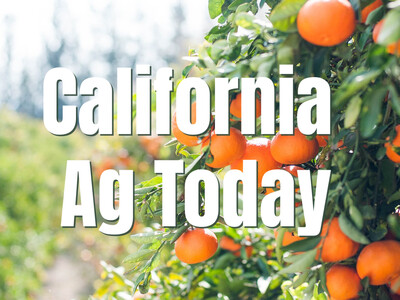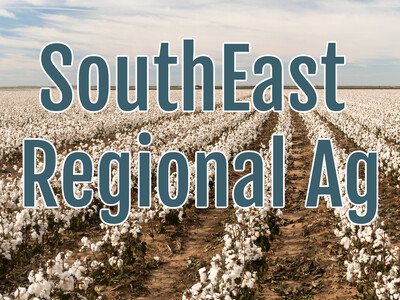Where's Winter?
Where’s Winter? I’m Greg Martin with today’s Line On Agriculture.
A lot of people are wondering where winter is this year with so little snow and winter weather reported around the country. There have been of course a few winter storms like the one we experienced last month here in the northwest but according to USDA Meteorologist Brad Rippey, that was a bit unusual.
RIPPEY: But you put it all together and it’s a far below average winter for snowfall and just to put it into a little perspective of course last winter, early February we saw at one point about 2/3rds of the country in early February covered in snow. As we moved into February 2012, less than 20% of the country was covered by snow. This has been from coast to coast the year without a winter to date both in terms of snowfall and lack of cold air.
Now that’s not to say there won’t be a winter, yet. Forecasters are saying we could see some super cold Alaskan air moving into the midwest and east by the weekend.
RIPPEY: Bringing some of the coldest air of the winter into those areas. Certainly doesn’t look like any winter wheat damaging type of cold moving into the eastern corn belt but at the same time areas that have seen very little cold weather this winter are really going to notice a change as we head into the weekend.
That along with a storm expected to move up from the mid-south could bring some needed moisture.
RIPPEY: And that one certainly has the potential to be a big Valentine’s Day snowstorm. Very early in the game here but it’s worth mentioning especially in a year without much winter that we could see significant snows unfolding from the Ohio Valley into the mid-Atlantic states and parts of the northeast.
But have we seen all we are going to see here in the west.
RIPPEY: We do have a new storm, a Pacific storm moving across the California coast but unfortunately that storm like so many others this winter is going to peel to the south. And so we’ll see some pretty heavy rain along the California coast. Some of that rain is making it into the valleys where that’s good news for the pasture and range situation in California’s central valley and it will cut down on irrigation demands for a while but that moisture will not make it far into the mountains so we continue to see extremely meager snow pack so California has to start gearing up for drought as well as neighboring areas in the Great Basin and eventually that may spread throughout much of the west.
Rippey says that moisture will not make into the mountains so Californian’s and Great Basin folks will need to be on alert for increased fire danger unless there are additional storms later.
That’s today’s Line On Agriculture. I’m Greg Martin on the Ag Information Network.





